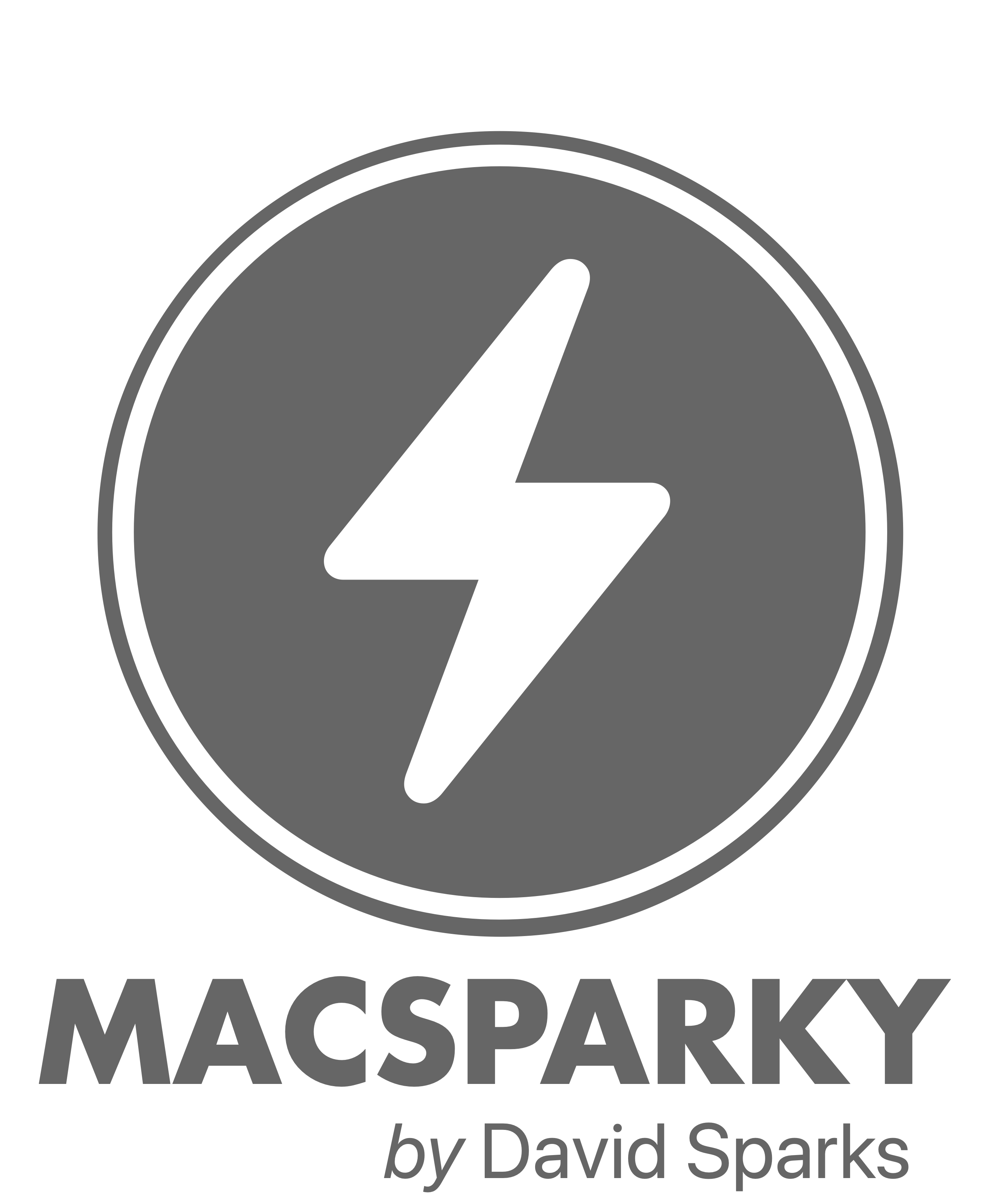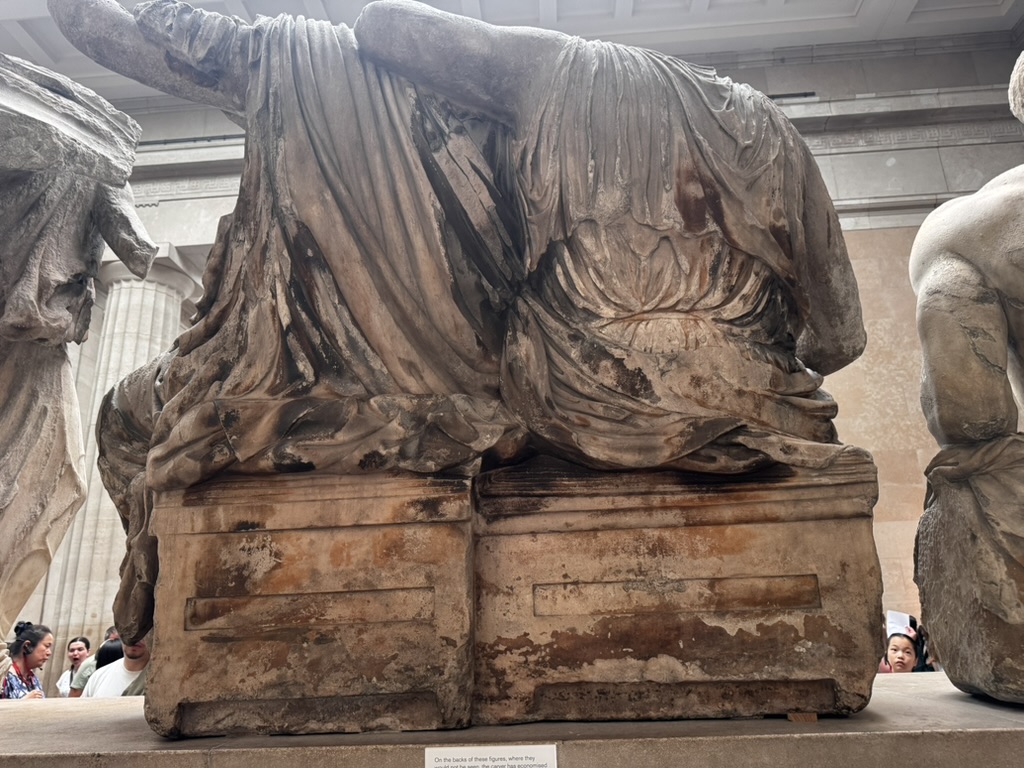If you listened to the most recent episode of Mac Power Users, you heard me struggling with a decision: should I upgrade my Mac?
As you may know, I’ve been happily using an M2 Mac Studio with 8TB of internal storage. It’s a powerhouse, and it fits perfectly in Endor Studios (my home studio). I’m a big believer in contextual work, and when I sit at my desk, I’m instantly in production mode. My workflow is optimized for this machine, and until recently, I hadn’t seriously considered replacing it.
But then, something happened.
I got a call from an old lawyer friend who, for various reasons, needed a Mac with 8TB of storage. He made me a generous offer (more than Apple would have given me for a trade-in). It was likely the best offer I’d ever get for this Mac, and for a moment I thought: “Well, of course, I should upgrade!”
That’s when things got complicated.
I started looking at different options: MacBook Pro with M4 chip, a new M4 Mac Studio but with a smaller SSD—and I even placed multiple orders, only to cancel them later. That’s not like me. Usually, when it’s time to upgrade, I just do it. But something about this wasn’t sitting right.
At first, I thought maybe I was just being indecisive. But when I looked more closely at the benchmarks between the M2 and M4, it hit me: I don’t actually need this upgrade.
Apple’s M-series chips have fundamentally changed upgrade cycles. In the Intel days, new Macs felt like necessary upgrades every few years. But now, my M2 Mac Studio is still ridiculously fast — it’s a rocket ship — and the M4 is just another rocket ship that flies a little faster. But my M2 still gets me into orbit.
Beyond that, I really love having an 8TB internal SSD. I’m making hundreds of videos a year between the MacSparky Labs and the Field Guides, and this giant drive makes that painless. It allows me to keep all my files on one machine, making my backup and restore process effortless. A new Mac with the same storage would be very expensive, and anything less would force me into an external storage setup, which wouldn’t be terrible, but is also more friction than I currently have. If Apple’s SSD pricing were more reasonable, maybe I would have gone for it; but that’s not the case today.
While the idea of a MacBook Pro was tempting — being able to take my full production machine on the road — realistically, I don’t need that. I already have a MacBook Air that handles my mobile work just fine, and when I’m traveling, I rarely feel the need to do full-scale production. Plus, the MacBook Pro would have added downsides, like louder fans and a bit more hassle in my workflow.
So, after all the internal debate, I came to a conclusion that still feels a little strange to me: I am not upgrading.
That’s not to say I’ll never upgrade. I’m sure at some point, I’ll talk myself into a new Mac. And I totally understand why some folks are jumping from M2 to M4 — Apple’s chips keeps getting better. But for me, right now, my M2 Mac Studio is just too perfect to replace.
So, that’s where I landed. Have you ever found yourself going back and forth on an upgrade decision? This is a new experience for me. 🙂






